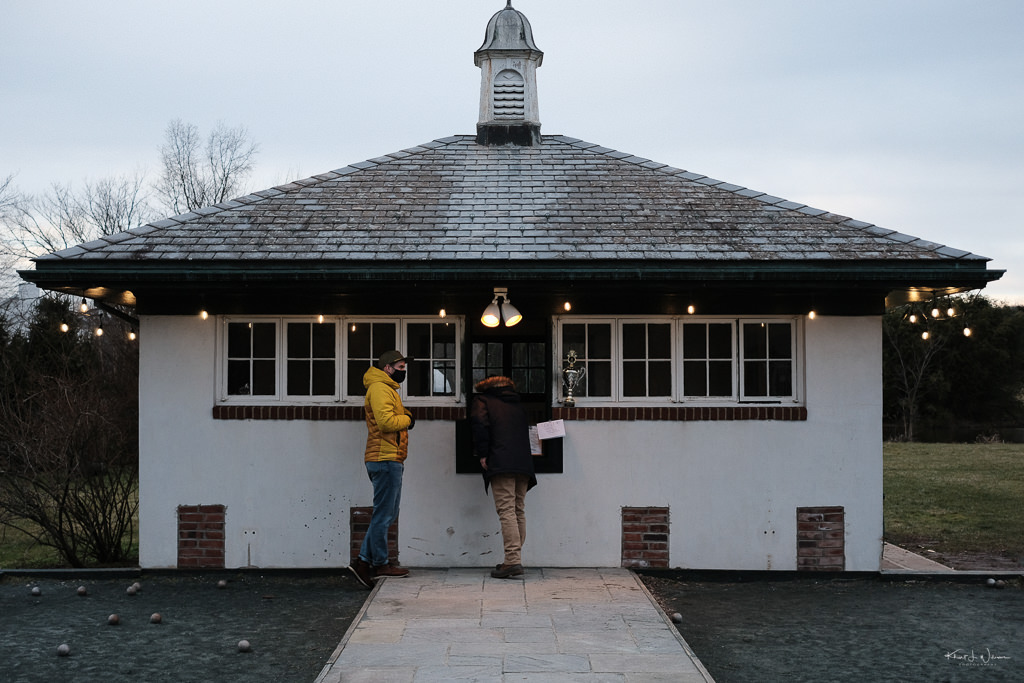Over on 35Hunter, Dan James is always serving up interesting conversations triggered by the questions he asks. I find myself writing longer responses in the comments, and at the end, I realise I have written a short blog post. You can say that Dan's blog posts generate writing prompts for my own.
One of Dan's recent posts was entitled, The Purity Of Enjoying Art Detached From The Artist. Would you please visit the link to read it? Dan put this question at the end.
How do you feel about your favourite art, whether it be music, photography, or any other medium?
Do you also have a keen interest in who created it and want to know all about them? Or are you interested purely in the art alone?
From my dad, I learned the joy of listening to the entire record album. Dad loved his Hi-Fi; sometimes, it seemed more than his kids, and he preferred listening through speakers. His stereo was a Sunday morning alarm clock for us boys.
While we enjoyed the music, Dad and I also enjoyed reading the record liner while discussing some of the technical aspects of the performance, the reproduction quality via his equipment, etc., but mostly appreciating the music and being in awe of the creativity of the musician. This is active listening.
I have Apple’s music streaming service and Spotify and tried Tidal, and I think they’re great for background music at a party, etc. But it doesn’t give me the same feeling. It’s not satisfying. These are things I’ve only come to realise recently.
So I have decent Open Air headphones from Grado, which I use for listening to albums on Apple Music. I’m building out a kit. Schiit Audio makes acclaimed headphone amps and DACs, which I’m considering purchasing.
It’s the same for photography. Instagram is a nice distraction when I’m bored. One of my joys is photo walks with fellow photo geeks chatting about the artist, process and technology. Another is reading blogs like this one where the author puts outs questions that inspire long comment responses.
If we are having a cosy evening with a small group of close friends or family around a fire, we bring out the Highland single malt. Hosting a party for work colleagues? Lowlands blend.


